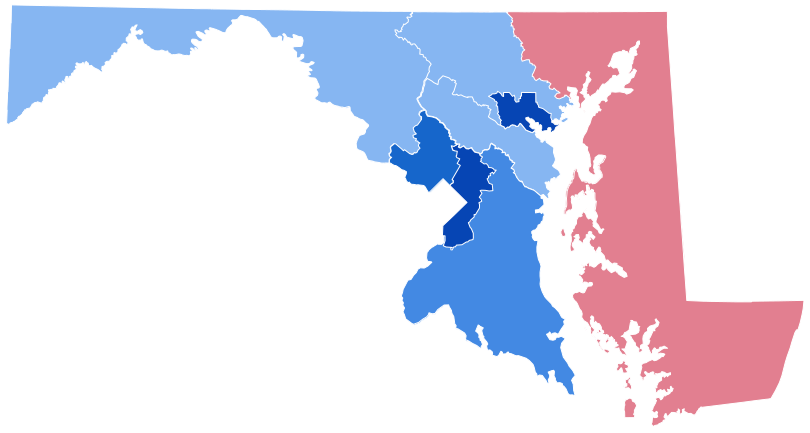New Fruits and Vegetables on the Eastern Shore

Something new to eat? That’s an attractive proposition for many people, and not just for tourists in restaurants.
Presently, the University of Maryland Eastern Shore (UMES) is engaged in a program supported by a $600,000 grant from the U.S. Dept. of Agriculture to “expand and strengthen food science research, teaching, and extension related to ethnic crops to meet the growing demand on the Delmarva Peninsula.”
“One reason we want to grow ethnic crops is to serve the diverse population across the country, but more so for the migrant population within the Delmarva region. If you look at the population, we see 23% of it are migrants,” Nadine Burton, an alternative crop specialist for UMES Extension, explained to Kristian Jamie in a recent publication.
Of course, Eastern Shore cuisine has always incorporated many new foodstuffs as a result of migrations. In recent decades, Mexican tacos and burritos have become very popular. Chinese, Vietnamese, Indian, and Japanese restaurants have become wide-spread. Greek specialties, such as gyro sandwiches, have offered a change of taste from the hamburger.
Beginning in the early 1600s, English immigrants brought a number of new food crops that were native to Europe: carrots, turnips, parsnips, beets, and cabbage. They introduced new grain crops such as barley and rye. Wheat became a major export crop, especially for the upper Eastern Shore in the late 18th Century and into the early 19th Century. Hungry Europeans depended on our wheat crops for survival.
English immigrants also brought in new foods that they had received from other parts of the Americas, such as potatoes, beans, tomatoes, chocolate, and vanilla. Tea and rice came here from Asia, and sorghum and coffee from Africa. Yams (Dioscorea rotundata) were domesticated in West Africa and spread to Southeast Asia and tropical America. They were probably introduced to the Eastern Shore via the Caribbean. Sweet potatoes (Ipomoea batatas) are related to potatoes and morning glories and are native to Central and South America.
The Native Americans on the Shore adopted corn (maize) from Mexico, via the Southwest and Midwest, about 3,000 years ago. It was a welcome addition to the staple rhizome tuckahoe on which they had depended for thousands of years and continued to use year around. Squash was also introduced and planted in the same fields as maize. (Read more about ancient foods on the Eastern Shore here.)
In Young Pocohantas in the Indian World, archaeologist Helen Roundtree says that the local Powhatan tribe, at the time of first European contact in the 17th Century, grew passion fruit in their gardens. That fruit originated in South America and spread to the Caribbean. How it reached Virginia is a story that needs to be researched.
The recent additions to Eastern Shore crops and cuisine follow a long history of experimentation with new foods. Some of the pioneers in this effort are Eastern Shore chefs who are incorporating new fruits and vegetables into their dishes, such as
- Scotch bonnets, a sweet pepper, used as a spice
- Purslane, a southeast Asian leafy plant, added raw to a salad or eaten cooked
- Edamame, a variety of soybean, a favorite in Asian cuisine
- Ethiopian amaranth, a nutty and peppery grain with a texture similar to quinoa, used in savory and sweet dishes
- Tropical hibiscus flower leaves for a slightly sweet tea
“At first, many people weren’t sure about these crops, but when we used them, the community loved it,” said James Daniels, head chef at Washington Inn and Tavern in Princess Anne. “The diversity of this produce was well-received, and as more of these crops are being grown, I feel like more will want to experience them. These recipes were very different, and the flavors were unique,” he said as he recalled using Jamaican Scotch bonnets and Caribbean greens.
Archaeologist Bill Schindler and his family have created a new institution in Chestertown, the Modern Stone Age Kitchen, to restore formerly eaten items to our diets and former techniques to our cooking. They emphasize cooking from scratch.
One recommendation found in Schindler’s book, Eat Like A Human, (2021) is to incorporate these greens into our diet:
- Dandelion
- Garlic mustard
- Wild spinach (lamb’s quarters)
- Purslane
- Chickweed
He encourages us to incorporate a variety of foods that can be found by just foraging in our own backyards, as long as they are untouched by chemical sprays.
Today, the University of Maryland Eastern Shore and many Eastern Shore farmers and chefs are following in this long tradition of experimentation with new crops. These modern pioneers are incorporating new fruits and vegetables. New dishes, ancient foods, old techniques of processing, traditional cooking methods, new crops, and new recipes are in the DNA of Eastern Shore living. They promise ever new and exciting gustatory pleasures and a more varied agricultural system.
Sources:
“You couldn’t find these fruits and vegetables on the Eastern Shore 10 years ago: As Delmarva demographics change, so do the crops grown here,” Delmarva Now, Mar. 31, 2022, Jamie, Kristian https://www.delmarvanow.com/story/news/2022/03/31/as-maryland-demographics-change-so-do-crops-farmers-grow-eastern-shore-umes/7041550001/
Roundtree, Helen C. (1995) Young Pocahontas in the Indian World, Yorktown, Virginia
Schindler, Bill (2021) Eat Like a Human: Nourishing Foods and Ancient Ways of Cooking to Revolutionize Your Health. New York: Little, Brown Spark
Jeanette E. Sherbondy is a retired anthropology professor from Washington College and has lived here since 1986. In retirement she has been active with the Kent County Historical Society and Sumner Hall, one of the organizers of Legacy Day, and helped get highway /historical markers recognizing Henry Highland Garnet. She published an article on her ethnohistorical research of the free Black village, Morgnec.
Common Sense for the Eastern Shore







